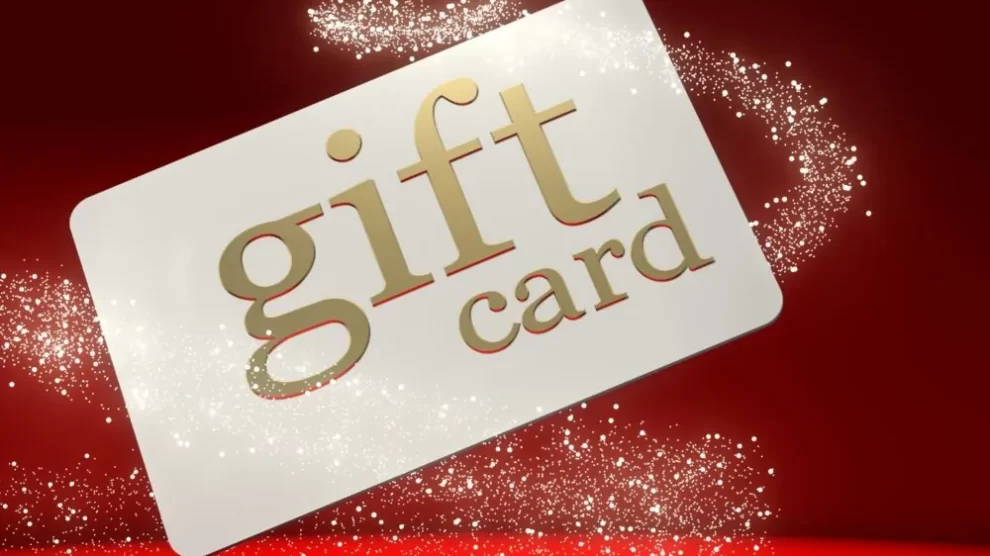Gift cards have become ubiquitous in the retail landscape, offering a convenient gifting option while allowing recipients to select their purchases. If received as a present, acquired through a promotional offer, or purchased for personal use, keeping track of the remaining value on these cards becomes essential for maximizing their utility. After making several purchases with a gift card, determining the remaining balance helps plan future spending. It ensures the card’s full value is utilized before it potentially expires or incurs maintenance fees.
With the diversity of gift cards available in the market, from retailer-specific cards to bank-issued open-loop options, the methods for checking balances vary considerably. Consumers need to understand the various approaches to balance verification and to avoid frustration when there are insufficient funds at checkout.
Mobile applications for balance verification
Smartphone applications have revolutionized gift card management, offering convenient options for checking balances on the go:
- Retailer-specific apps – Major retailers often integrate gift card management directly into their mobile applications. mygift balance helps users monitor gift card amounts and access them when needed.
- Wallet applications – Digital wallet services enable users to store gift cards alongside other payment methods. Many platforms display current balances when the cards are correctly linked to the service.
- Gift card management Apps – Specialized applications help organize multiple gift cards in one place, often providing balance-checking features through integration with retailer systems.
In-store balance verification
For those who prefer direct interaction or don’t have immediate internet access, in-store options remain widely available:
- Customer service desks – Customer service representatives use the store’s point-of-sale system to check gift card balances. This method provides authoritative, real-time balance information from the retailer’s database.
- Register check – Most cashiers verify a gift card balance at the point of sale before beginning a transaction. This approach works well when you’re already at the store and planning to purchase.
Phone-based balance inquiries
Traditional telephone services continue to provide reliable balance-checking options:
- Customer service numbers – Most gift cards have a toll-free number for balance inquiries. These automated systems typically require entering the card number and PIN using the telephone keypad.
- Retailer help lines – Contacting a retailer’s general customer service line provides another avenue for balance verification, mainly if the automated system isn’t functioning or the card is damaged.
Receipt tracking
Monitoring purchase receipts offers a manual approach to balance tracking:
- Save transaction receipts – Many retailers print the remaining gift card balance on transaction receipts when the card is used for purchases. Keeping these receipts provides a paper trail of the card’s remaining value.
- Purchase history – For gift cards linked to online accounts, the purchase history often displays the remaining balance after each transaction, offering a chronological view of the card’s usage.
Best practices for gift card balance management
Regardless of which verification method you choose, following these practices helps ensure efficient gift card management:
- Regular balance checks – Periodically verify balances on rarely used gift cards to prevent value loss through expiration or inactivity fees.
- Record-keeping – Maintain a simple spreadsheet or note with gift card details, including the card number, initial value, current balance, and expiration date, if applicable.
- Consolidation – Some retailers allow combining balances from multiple gift cards onto a single card, simplifying management and reducing the number of cards to track.
By utilizing these various methods for checking gift card balances, consumers ensure they capture the full value of their cards while avoiding the inconvenience of insufficient funds during transactions.



